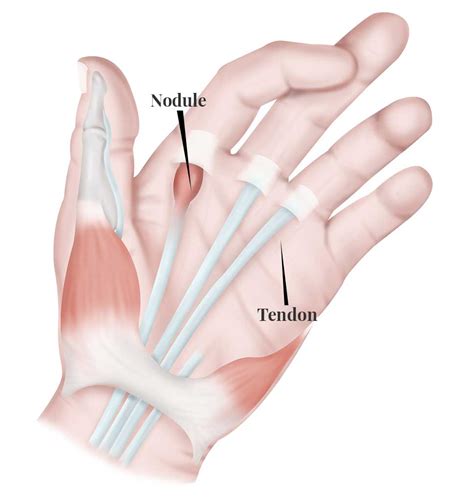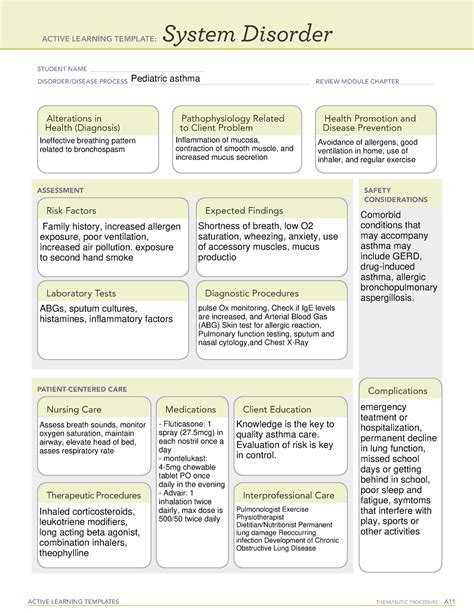Intro
Discover 5 effective ways to treat trigger finger, including exercises, stretches, and therapies to alleviate finger stiffness, pain, and locking, and learn how to manage symptoms and prevent recurrence with conservative treatments and surgical options.
Trigger finger, also known as stenosing tenosynovitis, is a common condition that affects the tendons in the fingers, causing pain, stiffness, and limited mobility. It occurs when the tendon sheath, which surrounds the tendon, becomes inflamed or irritated, making it difficult for the tendon to glide smoothly through the sheath. This can lead to a clicking or snapping sound, hence the name "trigger finger." If left untreated, trigger finger can cause chronic pain, reduced finger function, and decreased overall quality of life. In this article, we will explore the importance of treating trigger finger and the various options available.
Trigger finger can affect anyone, but it is more common in people who engage in repetitive activities, such as musicians, writers, or individuals who work with their hands. The condition can also be caused by underlying medical conditions, such as diabetes, rheumatoid arthritis, or gout. In some cases, trigger finger can be a symptom of an underlying condition, making it essential to seek medical attention to rule out any other potential health issues. With proper treatment, it is possible to alleviate symptoms, improve finger function, and prevent long-term damage.
The treatment of trigger finger depends on the severity of the condition, the individual's overall health, and their personal preferences. While some people may prefer to try non-invasive methods first, others may require more aggressive treatment. In this article, we will discuss the various treatment options available, including non-surgical and surgical methods, to help individuals make informed decisions about their care. By understanding the different approaches to treating trigger finger, individuals can take the first step towards relieving their symptoms and improving their overall quality of life.
Understanding Trigger Finger

Causes and Risk Factors
Trigger finger can be caused by a variety of factors, including repetitive activities, underlying medical conditions, and injury. Repetitive activities, such as playing a musical instrument, typing, or using a computer mouse, can cause the tendons to become inflamed or irritated. Underlying medical conditions, such as diabetes, rheumatoid arthritis, or gout, can also increase the risk of developing trigger finger. Injury, such as a cut or puncture wound, can also cause trigger finger. Additionally, certain occupations, such as construction work or manufacturing, can increase the risk of developing trigger finger due to the repetitive use of tools and equipment.Treatment Options

Non-Surgical Methods
Non-surgical methods are often the first line of treatment for trigger finger. These methods include: * Rest: Avoiding activities that aggravate the condition can help to reduce inflammation and promote healing. * Ice: Applying ice to the affected area can help to reduce pain and inflammation. * Compression: Using a compression bandage or splint can help to reduce swelling and promote healing. * Elevation: Elevating the affected hand above the level of the heart can help to reduce swelling and promote healing. * Physical therapy: Gentle exercises and stretches can help to improve finger mobility and reduce stiffness. * Medication: Over-the-counter pain relievers, such as ibuprofen or acetaminophen, can help to reduce pain and inflammation.Surgical Methods

Percutaneous Release
Percutaneous release is a minimally invasive procedure that involves using a needle to release the tendon sheath. The procedure is typically performed under local anesthesia and can be done in a doctor's office or outpatient clinic. The benefits of percutaneous release include: * Minimally invasive: The procedure involves only a small needle puncture, reducing the risk of complications and promoting faster healing. * Quick recovery: The procedure is typically done on an outpatient basis, and individuals can return to their normal activities within a few days. * Low risk of complications: The procedure is relatively safe and has a low risk of complications, such as infection or nerve damage.Aftercare and Recovery

Preventing Trigger Finger
Preventing trigger finger is essential to reducing the risk of developing the condition. Individuals can take several steps to prevent trigger finger, including: * Avoiding repetitive activities or taking regular breaks to rest and stretch their hands * Wearing protective gear, such as gloves or splints, to reduce the risk of injury * Maintaining good hand and finger hygiene to reduce the risk of infection * Managing underlying medical conditions, such as diabetes or rheumatoid arthritis, to reduce the risk of complications * Avoiding smoking and maintaining a healthy weight to reduce the risk of developing trigger fingerConclusion and Next Steps

We invite you to share your experiences with trigger finger and any tips you may have for managing the condition. If you have any questions or concerns, please do not hesitate to comment below. Additionally, if you found this article helpful, please share it with others who may be experiencing similar symptoms. By working together, we can promote awareness and education about trigger finger and help individuals take the first step towards relieving their symptoms and improving their overall quality of life.
What are the symptoms of trigger finger?
+The symptoms of trigger finger include pain, stiffness, and limited mobility in the fingers, as well as a clicking or snapping sound when the finger is flexed or extended.
How is trigger finger diagnosed?
+Trigger finger is typically diagnosed through a physical examination and medical history. The doctor may also order imaging tests, such as X-rays or an MRI, to rule out other conditions.
Can trigger finger be prevented?
+Yes, trigger finger can be prevented by avoiding repetitive activities, taking regular breaks to rest and stretch the hands, and maintaining good hand and finger hygiene. Additionally, managing underlying medical conditions, such as diabetes or rheumatoid arthritis, can help reduce the risk of developing trigger finger.
